- Write by:
-
Monday, May 24, 2021 - 12:28:25
-
394 Visit
-
Print
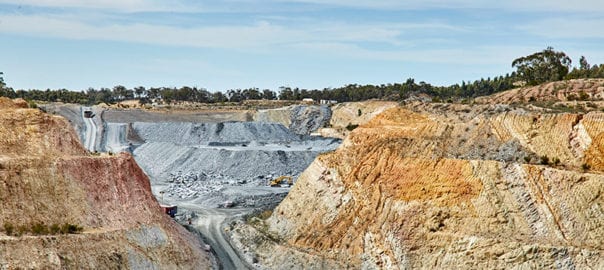
Mining News Pro - The secret behind the formation of bonanza gold deposits has been revealed by two researchers from Canada’s McGill University.
Professor Anthony Williams-Jones of the Department of Earth and Planetary Sciences and PhD student Duncan McLeish recognised the implausible nature of “ultra high-grade” deposits, found in places such as Australia’s Fosterville mine in Ballarat, Victoria, which has an average resource of 31 grams of gold per tonne.
In an industry where “high-grade” is considered around 5 grams per tonne, these deposits, sometimes with centimetres-thick gold veins, have posed a baffling question for miners and researchers alike – how do they occur?
“As the concentration of gold in hot water is very low, very large volumes of fluid need to flow through the cracks in the Earth’s crust to deposit mineable concentrations of gold,” the team explained.
“This process would require millions of years to fill a single centimetre-wide crack with gold, whereas these cracks typically seal in days, months or years.”
“Using a powerful electron microscope to observe particles in thin slices of rock, we discovered that bonanza gold deposits form from a fluid much like milk.”
The researchers said gold colloids found in the hot water of the Earth’s crust act like milk in the way they “flocculate” to form a jelly when their charge breaks down.
Once flocculated, the jelly-like gold becomes trapped between cracks in the rocks to form the ultra high-grade, highly valuable deposits which mining companies hope to discover.
An understanding of this phenomenon had never been realised before, until Williams-Jones and McLeish made the discovery.
“We produced the first evidence for gold-colloid formation and flocculation in nature, and the first images of small veins of gold-colloid particles and their flocculated aggregates at the nano-scale,” they said.
“These images document the process by which the cracks are filled with gold and, scaled up through the integration of millions of these small veins, reveal how bonanza veins are formed.”
The discovery should benefit the entire mining industry as exploration levels remain strong in Australia.
“Now that we finally understand how bonanza deposits form, mineral exploration companies will be able to use the results of our work to better explore for bonanza deposits as well as gold deposits,” the researchers said.
A report from late-2020 showed that five of the 10 highest-grade gold deposits in the world were in Canada, providing the researchers with plenty of samples to choose from for their study.
Among that list was Australia’s Costerfield gold mine in Victoria, which sat sixth with a grade of 12.6 grams per tonne.
The Fosterville mine has the highest grade in the world with 42.4 grams per tonne at the time of the report.
Short Link:
https://www.miningnews.ir/En/News/614549
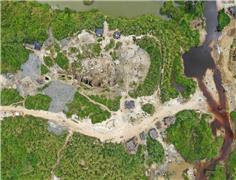
China’s Zhaojin Mining Industry said on Wednesday that its A$733 million ($477.8 million) offer to buy Australia’s ...
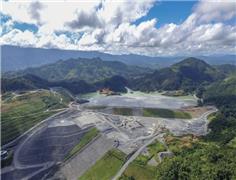
Toronto-listed miner OceanaGold Corp said on Wednesday it will raise 6.08 billion pesos ($106 million) through an ...

Gold’s record-setting rally this year has puzzled market watchers as bullion has roared higher despite headwinds that ...
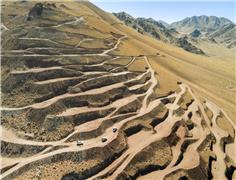
AbraSilver Resource said on Monday it has received investments from both Kinross Gold and Central Puerto, Argentina’s ...

Gold took a tumble as haven demand waned after geopolitical tensions eased in the Middle East.
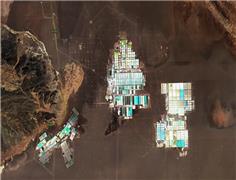
The four largest indigenous communities in Chile’s Atacama salt flat suspended dialogue with state-run copper giant ...
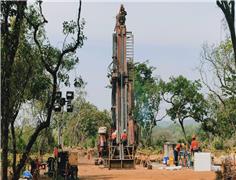
A prefeasibility study for Predictive Discovery’s (ASX: PDI) Bankan gold project in Guinea gives it a net present value ...

Representatives from the Peñas Negras Indigenous community, in northwestern Argentina, clashed with heavily armed police ...
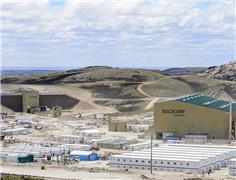
Newmont confirmed on Wednesday that two members of its workforce died this week at the Cerro Negro mine located in the ...
No comments have been posted yet ...